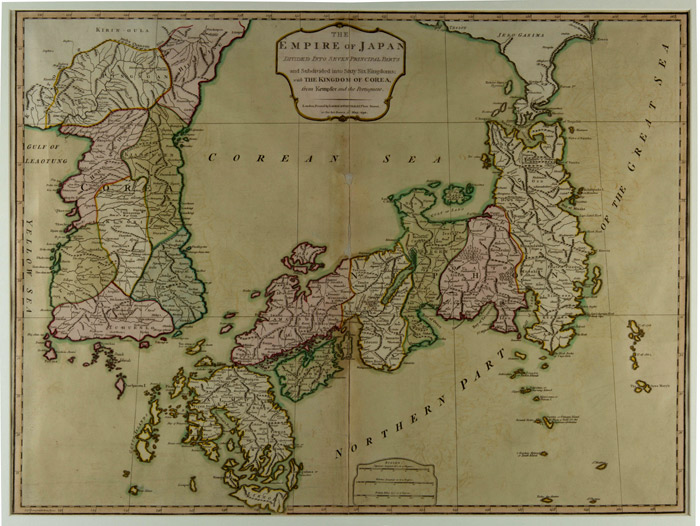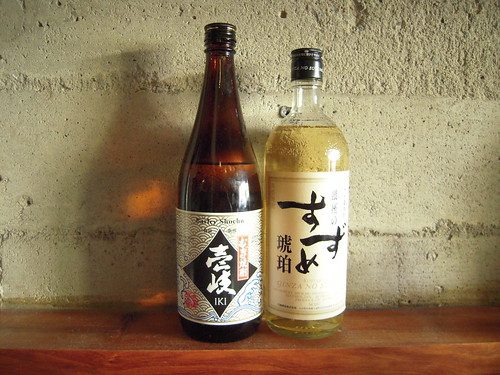In the vast landscape of spirits, few have a history as rich and intriguing as the Japanese Mugishochu. As we delve into the complexities of its production, it’s worth stepping back in time to appreciate its storied past.
The Origins of Mugishochu.
Centuries ago, the distillation techniques that would give birth to shochu arrived in Japan, likely introduced through trade routes connecting Japan with the Korean Peninsula and China. As these techniques were assimilated, they melded seamlessly with Japan’s indigenous brewing traditions. The result? Shochu. While there are several types of shochu, depending on the primary ingredient, Mugishochu – distilled from barley – soon found its niche. Barley, once considered a supplementary crop in Japan’s rice-dominated agricultural landscape, started to shine in its new avatar as the soul of this beloved spirit.
From Grain to Glass: The Birth of Mugishochu.
- The Humble Beginnings – Selecting the Barley: Every masterpiece starts with a vision. For Mugishochu, it begins with selecting premium barley grains, prized for their flavor and aroma.
- Steaming: Much like a spa treatment softens our skin, the chosen barley grains are steamed to break down starches and prepare them for the magical world of fermentation
- Enter the Koji: If Mugishochu had a secret weapon, it would be the ‘koji’ mold. Once the barley is steamed, it’s spread out and introduced to this mold. Acting as nature’s little alchemists, koji mold transforms the barley’s starches into fermentable sugars.
- The Dance of Fermentation: With sugars ready, it’s time to let the yeast work its magic. This phase is where the quiet hum of fermentation fills the air, turning sugars into alcohol in fermentation tanks.
- Distillation – Capturing the Spirit: Here’s where things heat up—literally. The fermented liquid undergoes distillation, a delicate process that captures the spirit of the barley while leaving impurities behind.
- A Moment of Rest – Maturation: Patience is a virtue. The freshly distilled spirit is given time to mature, allowing it to mellow and develop a symphony of flavors.
- Finding the Balance – Dilution: Dilution isn’t about watering down; it’s about balance. With Mugishochu distilled at a higher alcohol content, pure water is introduced to achieve the desired strength and harmony in flavor.
- The Final Touch – Filtration & Bottling: With the spirit refined, it’s time to bottle this liquid art. But first, a final filtration ensures every sip is as pure as it is flavorful.

Conclusion:
Mugishochu stands as a testament to Japan’s ability to integrate foreign techniques and make them uniquely their own. Its evolution from ancient distillation practices to the refined spirit we know today is a tale of innovation, tradition, and unwavering dedication. As you hold a glass of this time-honored spirit, remember the centuries of craftsmanship behind every drop. It’s more than just a drink; it’s a sip of history, passion, and the art of Japanese distillation.


